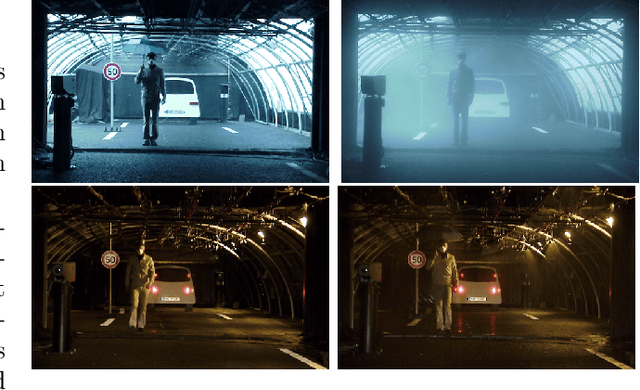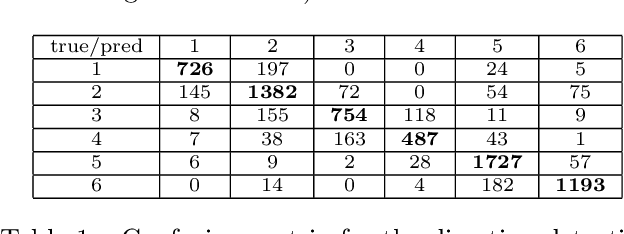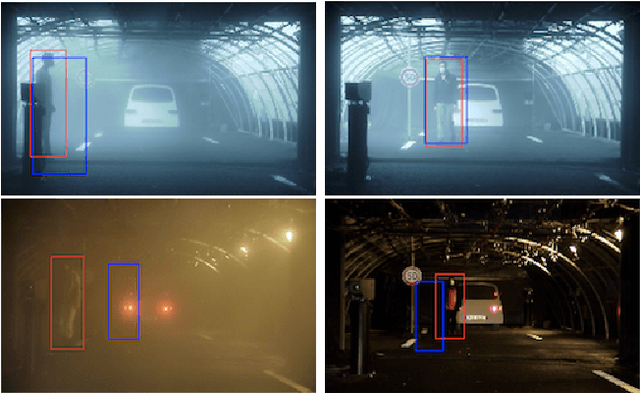Gaëlle Loosli
LIMOS
L 1-norm double backpropagation adversarial defense
Mar 05, 2019



Abstract:Adversarial examples are a challenging open problem for deep neural networks. We propose in this paper to add a penalization term that forces the decision function to be at in some regions of the input space, such that it becomes, at least locally, less sensitive to attacks. Our proposition is theoretically motivated and shows on a first set of carefully conducted experiments that it behaves as expected when used alone, and seems promising when coupled with adversarial training.
TrIK-SVM : an alternative decomposition for kernel methods in Krein spaces
Feb 27, 2019
Abstract:The proposed work aims at proposing a alternative kernel decomposition in the context of kernel machines with indefinite kernels. The original paper of KSVM (SVM in Kre\v{i}n spaces) uses the eigen-decomposition, our proposition avoids this decompostion. We explain how it can help in designing an algorithm that won't require to compute the full kernel matrix. Finally we illustrate the good behavior of the proposed method compared to KSVM.
Baselines and a datasheet for the Cerema AWP dataset
Jun 11, 2018



Abstract:This paper presents the recently published Cerema AWP (Adverse Weather Pedestrian) dataset for various machine learning tasks and its exports in machine learning friendly format. We explain why this dataset can be interesting (mainly because it is a greatly controlled and fully annotated image dataset) and present baseline results for various tasks. Moreover, we decided to follow the very recent suggestions of datasheets for dataset, trying to standardize all the available information of the dataset, with a transparency objective.
Using SVDD in SimpleMKL for 3D-Shapes Filtering
Dec 07, 2017



Abstract:This paper proposes the adaptation of Support Vector Data Description (SVDD) to the multiple kernel case (MK-SVDD), based on SimpleMKL. It also introduces a variant called Slim-MK-SVDD that is able to produce a tighter frontier around the data. For the sake of comparison, the equivalent methods are also developed for One-Class SVM, known to be very similar to SVDD for certain shapes of kernels. Those algorithms are illustrated in the context of 3D-shapes filtering and outliers detection. For the 3D-shapes problem, the objective is to be able to select a sub-category of 3D-shapes, each sub-category being learned with our algorithm in order to create a filter. For outliers detection, we apply the proposed algorithms for unsupervised outliers detection as well as for the supervised case.
* 9 pages, 6 figures, conference : https://cap2014.sciencesconf.org/
 Add to Chrome
Add to Chrome Add to Firefox
Add to Firefox Add to Edge
Add to Edge